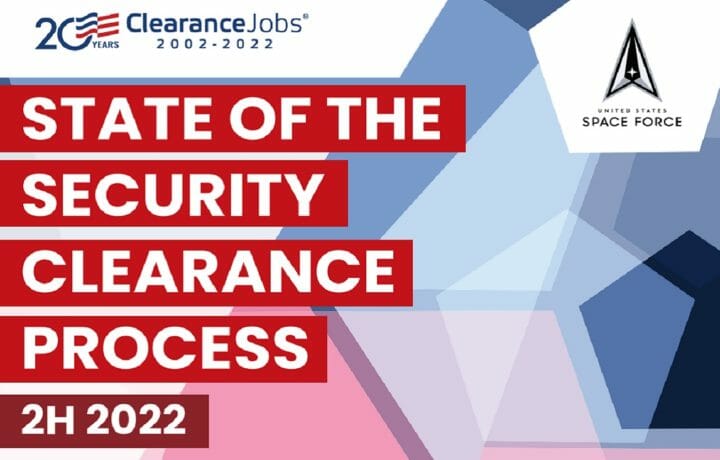We presented our first State of the Security Clearance white paper in January. The market as we enter July is largely unchanged – the demand for cleared talent continues to far outpace the supply, cleared workers continue to seek out remote work options, and an increasing number of cleared professionals are open to new opportunities. Security clearance processing times continue to improve, but without an influx of new talent, the Great Resignation and a graying government workforce are poised ready to leave the cleared population even smaller.
Many government contracting officials emphasize the progress made in personnel security – implementing continuous vetting, improving clearance processing times, and the ongoing rollout of improved technology to underpin the entire personnel security apparatus. What remains largely unchanged are government contracting rules which require personnel to have a fully adjudicated clearance, in many cases, in order to start work on a cleared contract or with a government agency. Interim clearances are key, and can be processed quickly, but may not be an option for all contractors.
Reciprocity figures continue to improve, which is good news for those needing to transition personnel between contracts, agencies and offices (the vast majority of the government contracting workforce). As Trusted Workforce 2.0 reforms continue to roll out, and the entire national security population is enrolled in some form of continuous vetting, the government hopes some of those workforce mobility issues will be solved. The transition from five investigative tiers to three, more simplified tiers is on the horizon. That will also contribute to better mobility of individuals between contracts and opportunities, without a completely new investigation.
The total number of cleared professionals is going up – that’s the good news. But with the actual in-access population going down and demand for cleared talent at an all-time high, it’s clear that an increasing number of cleared professionals aren’t necessarily going back into the SCIF life. We hope our second half update of the State of the Security Clearance Process helps give you actionable insight into security clearance careers.
Click here to download the full report.




